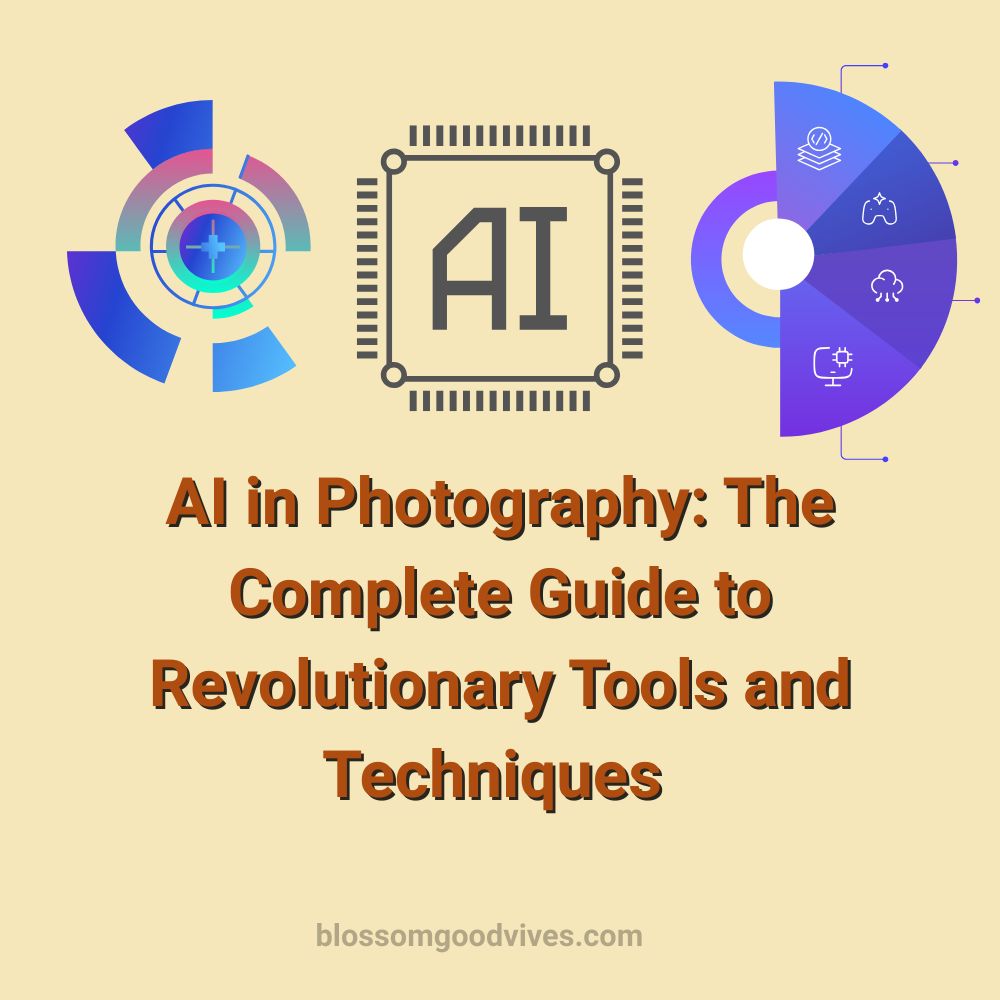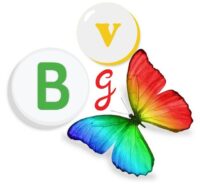
The AI Photography Revolution
Artificial Intelligence is transforming photography at every level—from smartphone snapshots to professional workflows. This comprehensive guide explores how AI is reshaping image capture, editing, organization, and creativity, offering both unprecedented opportunities and new challenges for photographers.
Section 1: AI-Powered Camera Technologies
1. Smart Computational Photography
Multi-frame processing: Combines multiple exposures instantly (Google Pixel, iPhone Pro)
Real-time HDR: Balances shadows/highlights during capture
AI scene recognition: Automatically adjusts settings for portraits, landscapes, etc.
Low-light enhancement: Night modes that outperform human capability
2. Revolutionary Hardware Features
AI chips in cameras (Sony’s BIONZ XR, Canon’s DIGIC X)
Autofocus breakthroughs: Eye-tracking for humans/animals (Sony Real-time Tracking)
Predictive capture: Starts recording before you press shutter (Google Pixel)
Section 2: AI Editing Tools Changing Post-Production
1. Game-Changing Software
Adobe Photoshop (Generative Fill): AI-powered content creation/extension
Lightroom (AI Masking): One-click subject/background/sky selections
Luminar Neo: Sky replacement, skin retouching, structure enhancement
2. Professional AI Editing Workflow
AI culling (AfterShoot, Narrative Select)
Batch processing with AI presets
Precision masking for localized adjustments
Content-aware enhancements (object removal, background extension)
Style transfer for consistent looks
Section 3: Creative AI Applications
1. Generative AI Photography:
Text-to-image (Midjourney, DALL-E 3, Stable Diffusion)
AI-assisted composites: Blend real photos with generated elements
Style transfer: Apply famous art styles to photographs
2. AI for Specialized Photography:
Astrophotography: Stacking and enhancement (Nina, Sequator)
Real estate: Virtual staging (BoxBrownie)
Fashion: Digital models and clothing (ZMO.AI)
3. Ethical Considerations
Disclosure requirements: When to reveal AI use
Copyright challenges: Who owns AI-generated images?
Authenticity debates: Documentary vs synthetic photography
Section 4: AI for Photographers’ Business
1. Workflow Automation
AI culling tools: Cuts editing time by 80%
Smart albums: Auto-tagging by location/subject
AI-powered CRM: Predicts best clients for upselling
2. AI in Marketing
Automated A/B testing for portfolio images
AI copywriting for website/blog content
Social media algorithms: Optimizing posting times/content
3. Pricing AI Services
Value-added AI services (virtual staging, AI-enhanced prints)
Premium pricing strategies for AI-assisted versus traditional work
Client education on AI benefits
Section 5: The Future of AI in Photography (2024-2030)
1. Emerging Technologies
Real-time style transfer during capture
3D photo generation from 2D images
AI photography assistants: Voice-controlled editing
Predictive photography: AI suggesting optimal shots
2. Professional Adaptation
New specialties: AI photography director
Hybrid workflows: Combining traditional and AI techniques
Education shift: Teaching AI collaboration in photo schools
3. Industry Predictions
50% of commercial photos will involve AI by 2026 (Gartner)
AI certification programs for professional photographers
Camera manufacturers building more on-device AI
Embracing the AI Revolution
AI isn’t replacing photographers—it’s creating new creative possibilities and business opportunities. The photographers who thrive will be those who:
Master AI as a creative collaborator
Maintain strong foundational photography skills
Develop ethical frameworks for AI use
Continuously adapt to new tools
Tip: Dedicate 1 hour weekly to testing new AI photography tools to stay ahead.
“AI won’t replace photographers, but photographers using AI will replace those who don’t.” – Adapted from business wisdom
